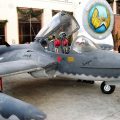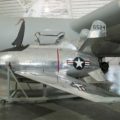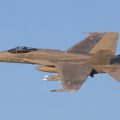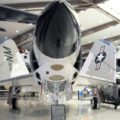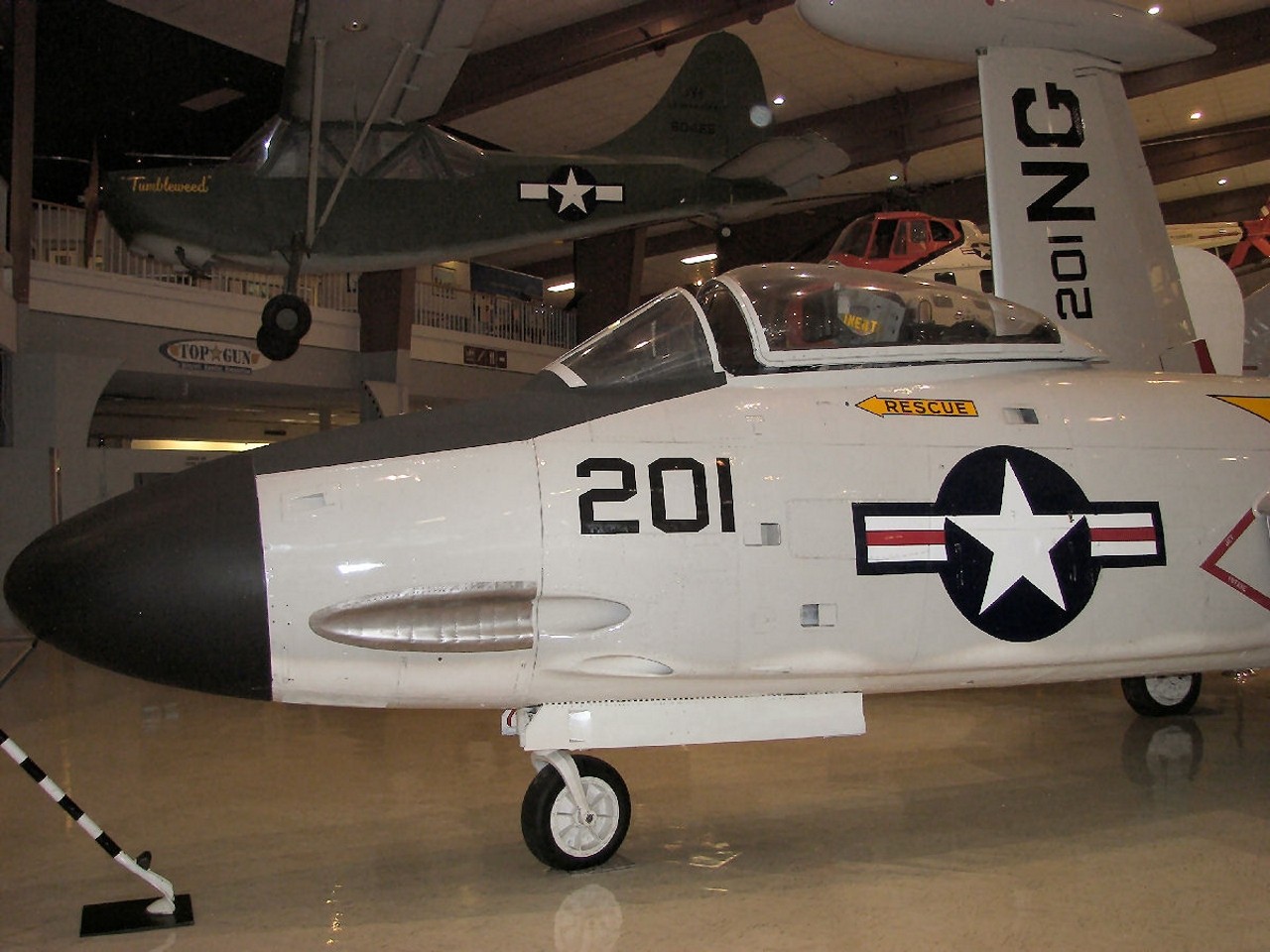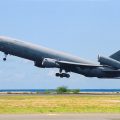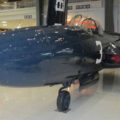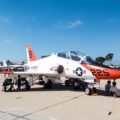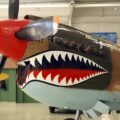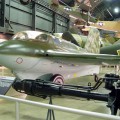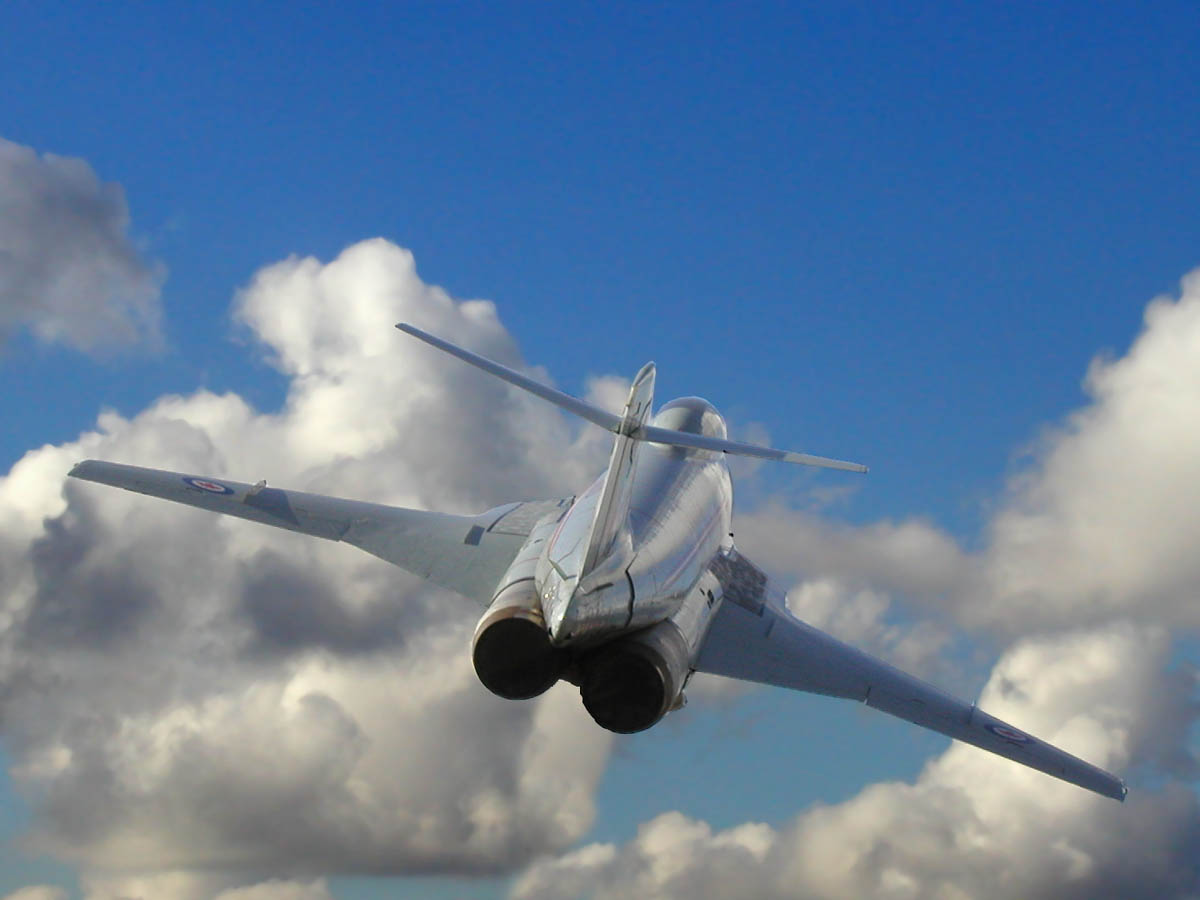
Макдонъл F-101B Вуду | |
|---|---|
| Страна | Сащ |
| Роля | Свръхзвуков реактивен изтребител |
| Първи полет | 29 September 1954 |
| Построен | 807 |
1. Макдонъл F-101 Вуду was a supersonic jet fighter which served the United States Air Force (USAF) and the Royal Canadian Air Force (RCAF). Initially designed by McDonnell Aircraft as a long-range bomber escort (known as a penetration fighter) for the Strategic Air Command (SAC), the Voodoo was instead developed as a nuclear-armed fighter-bomber for the Tactical Air Command (TAC), and as a photo reconnaissance aircraft based on the same airframe. An F-101A set a number of world speed records for jet powered aircraft, including fastest airspeed, attaining 1,207.6 miles (1,943.4 km) per hour on 12 December 1957. They operated in the reconnaissance role until 1979.
Източник: McDonnell F-101B Voodoo в Уикипедия
| McDonnell F-101B Voodoo | |
|---|---|
| Фотограф | Не знам |
| Локализация | Не знам |
| Снимки | 28 |
Комплекти свързани:
Намерете комплекти в иБей:
| McDonnell F-101B Voodoo Walk Around | |
|---|---|
| Фотограф | Сейс Хендрикс |
| Локализация | Не знам |
| Снимки | 121 |
| McDonnell RF-101C Voodoo | |
|---|---|
| Фотограф | Джон Хек |
| Локализация | Не знам |
| Снимки | 77 |
| CF-101B Voodoo Walk Around | |
|---|---|
| Фотограф | Скот Тремблей |
| Локализация | Не знам |
| Снимки | 21 |
The McDonnell F-101 Voodoo was a supersonic jet fighter that served with the United States Air Force (USAF) and the Royal Canadian Air Force (RCAF) from 1957 to 1984. It was designed as a long-range bomber escort for the Strategic Air Command (SAC), but was also adapted for various other roles, such as reconnaissance, interceptor, and nuclear strike. The F-101 was the first USAF fighter capable of flying faster than twice the speed of sound (Mach 2).
The F-101 originated from a 1948 USAF request for a new fighter to escort the Convair B-36 Peacemaker bomber. McDonnell Aircraft proposed a twin-engine design with swept wings and tail, and a large air intake in the nose. The prototype, designated XF-88 Voodoo, first flew in 1949, but the project was cancelled in 1951 due to budget cuts and changing requirements. However, in 1954, the USAF revived the program and ordered an improved version of the XF-88, designated F-101A Voodoo.
The F-101A entered service with SAC in 1957 as a bomber escort, but soon proved to be unsuitable for this role due to its limited range and endurance. The F-101A was also plagued by various technical problems, such as engine failures, structural cracks, and control difficulties. The F-101A was quickly replaced by the Boeing B-52 Stratofortress and the Convair B-58 Hustler bombers, which had longer range and could carry their own defensive weapons.
The F-101A was then modified for other missions, such as tactical nuclear strike and photo-reconnaissance. The latter version, designated RF-101A, was the first supersonic reconnaissance aircraft in the world and saw extensive service in the Cuban Missile Crisis and the Vietnam War. The RF-101A could carry up to six cameras in its nose and wing pods, and could fly at low altitudes and high speeds to evade enemy defenses.
The F-101A was also developed into an interceptor version, designated F-101B. The F-101B had a longer fuselage, a more powerful radar, and a missile armament of four AIM-4 Falcon and two AIR-2 Genie rockets. The F-101B entered service with the Air Defense Command (ADC) in 1959 and became the mainstay of the North American air defense system for the next two decades. The F-101B was also exported to Canada, where it served with the RCAF until 1984.
The F-101 Voodoo was a versatile and powerful aircraft that set several speed and altitude records in its career. It was also one of the most distinctive fighters of its era, with its sleek shape and large intake. The F-101 Voodoo earned several nicknames from its pilots and crews, such as “One-oh-Wonder”, “VooDoo One”, and “The Long Bird”. The F-101 Voodoo was retired from USAF service in 1979, but some examples are preserved in museums and monuments across North America.

Views : 5569
